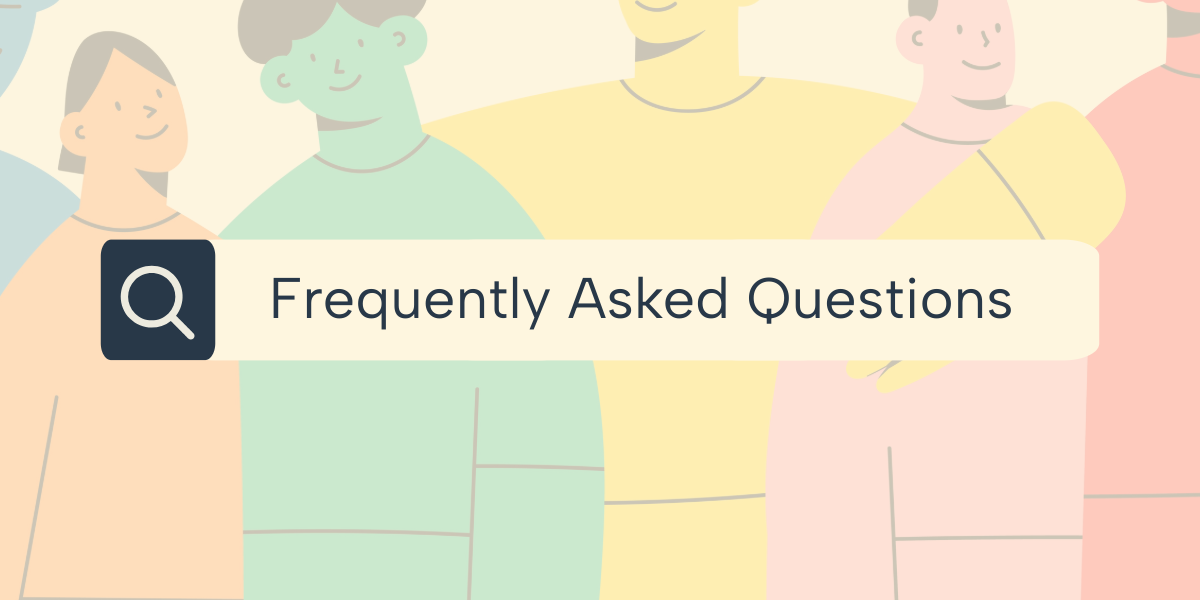What details should be included when I send an uninsured motorist demand? – North Carolina
Short Answer
In North Carolina, a strong uninsured motorist (UM) demand includes: clear liability facts, proof the at‑fault driver is uninsured, complete damages documentation, and a specific settlement amount. Send it to your UM adjuster using the insurer’s designated claims email, put the claim number in the subject line, and include your policy and contact details. Preserve deadlines: North Carolina injury claims generally have a three-year limit, and your policy may require earlier written notice or arbitration demand.
Understanding the Problem
You are an injured North Carolina policyholder who wants to send a UM demand to your own auto insurer. You have an open claim for property damage and bodily injury and are represented by counsel for the injury portion. You need the correct claims email and the proper subject line because the insurer’s system requires the claim number in the subject to route your demand.
Apply the Law
Under North Carolina law, UM coverage applies when you are legally entitled to recover from an at‑fault driver who has no insurance or is unknown. Your insurer adjusts the claim under your policy’s UM provisions, and policy conditions (notice, cooperation, documentation, and dispute-resolution terms) control the process. If a settlement cannot be reached, the forum typically moves to arbitration or litigation per the policy and statute. The core timing anchor is the state’s general three-year limit for personal injury claims; policies may add shorter notice or arbitration triggers.
Key Requirements
- Eligibility for UM coverage: Show the at‑fault driver was uninsured or unknown and you are an insured under the policy.
- Prompt written notice: Notify the UM insurer in writing with claim and policy details, and summarize how the crash happened.
- Proof of liability: Provide evidence of the other driver’s fault (police report, witness statements, photos, crash diagram).
- Proof the driver was uninsured: Include insurer or DMV confirmation, denial of coverage, or other documentation showing no liability coverage.
- Damages documentation: Attach medical records and bills, wage loss verification, property damage estimates/photos, and any ongoing treatment plan.
- Policy compliance: Include any required medical authorizations, cooperate with reasonable information requests, and follow any arbitration demand clause.
What the Statutes Say
- N.C. Gen. Stat. § 20-279.21 (UM/UIM coverage) – Defines required UM coverage, who qualifies as an insured, and how claims are handled.
- N.C. Gen. Stat. § 58-63-15(11) (Unfair claim settlement practices) – Sets standards for fair claim handling by insurers.
- N.C. Gen. Stat. § 1-52 (Three-year limitations) – Provides the general three-year limit for negligence claims.
Analysis
Apply the Rule to the Facts: Because your insurer requires the claim number in the subject line, your demand should open with policy and claim identifiers, then give a concise crash summary and liability proof. Include documentation showing the at‑fault driver had no liability insurance, followed by all medical records, bills, wage loss proof, and photos to support value. Close with a specific demand and a reasonable response date, and preserve the three-year limitations period and any policy notice/arbitration steps.
Process & Timing
- Who files: Your attorney. Where: Email the UM adjuster or the insurer’s designated claims email/portal for your claim. What: A written UM demand letter with attachments (police report, proof of uninsured status, medical records/bills, wage proof, photos). When: After you have enough documentation to evaluate liability and damages; well before the three-year limitations period, and consistent with any earlier policy notice/arbitration deadlines.
- Insurer review: The adjuster acknowledges receipt (often automated when the claim number is in the subject), may request additional documents or authorizations, and evaluates the claim. Respond promptly to information requests.
- Resolution path: The insurer makes an offer, the parties negotiate, or the matter proceeds under the policy’s dispute process (often arbitration) or a lawsuit if appropriate. If suit is filed against the at‑fault driver, serve the UM insurer as the policy requires.
Exceptions & Pitfalls
- If the at‑fault driver actually has liability coverage, your claim is not UM; different steps apply.
- Hit‑and‑run claims can have extra proof requirements; gather independent corroboration early.
- Failure to prove the at‑fault driver was uninsured can stall your UM claim—secure written confirmation.
- Sending to the wrong email or omitting the claim number from the subject can delay routing—verify the address with the adjuster and insurer portal.
- Thin documentation (missing itemized bills, wage verification, or photos) reduces evaluation speed and leverage.
- Ignoring policy cooperation or arbitration provisions can jeopardize coverage.
Conclusion
To send a proper UM demand in North Carolina, show you qualify for UM coverage, give prompt written notice, prove liability and uninsured status, and attach full damages documentation with a clear settlement number. Use the insurer’s claims email, place the claim number in the subject line, and comply with any policy conditions. Next step: send a written UM demand package to the claims email and confirm receipt, while calendaring the three-year limit and any earlier policy deadlines.
Talk to a Personal Injury Attorney
If you’re dealing with an uninsured motorist claim and need to prepare a solid demand package, our firm has experienced attorneys who can help you understand your options and timelines. Call us today at [919-341-7055].
Disclaimer: This article provides general information about North Carolina law based on the single question stated above. It is not legal advice for your specific situation and does not create an attorney-client relationship. Laws, procedures, and local practice can change and may vary by county. If you have a deadline, act promptly and speak with a licensed North Carolina attorney.


